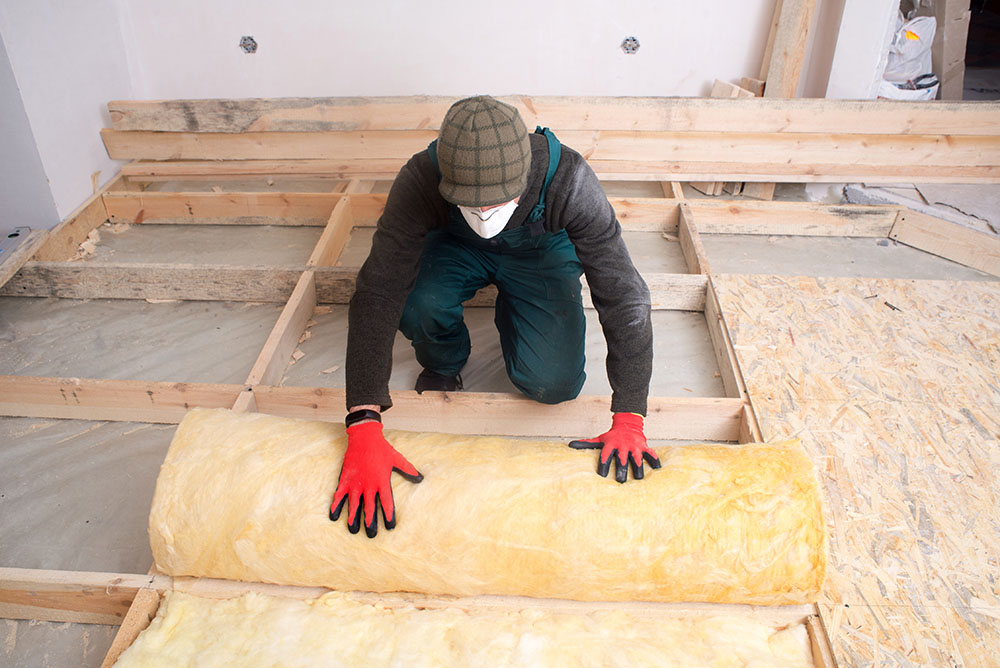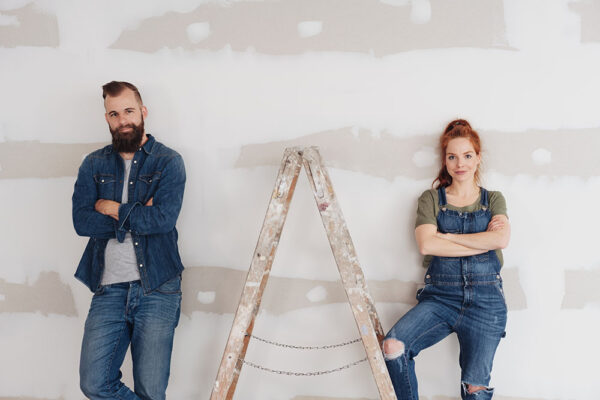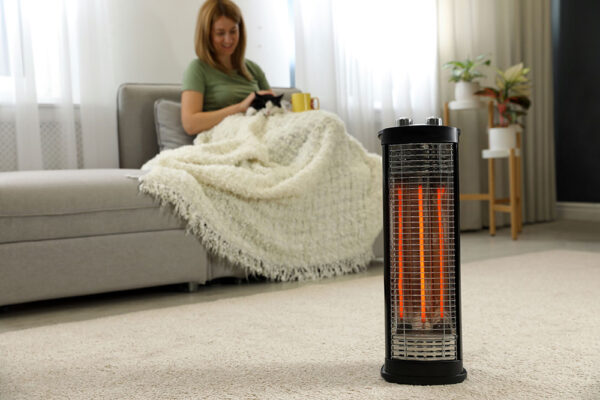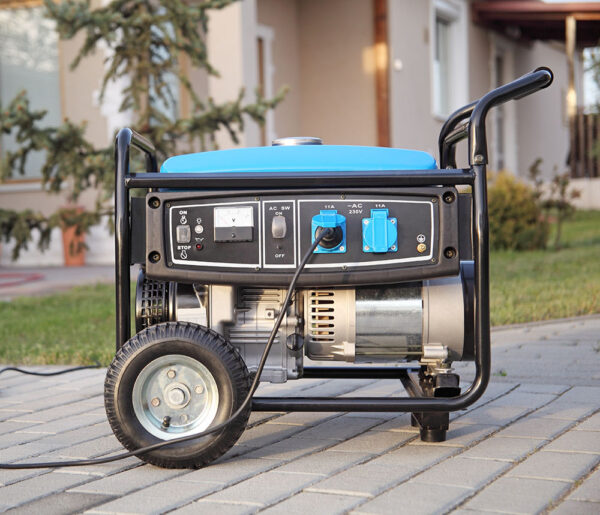One of the best ways of increasing energy efficiency in your homes is installing insulation in your walls. This saves you money that you would have otherwise used on heating and cooling the walls. Proper wall insulation also helps to buffer sound, which is a bonus too. The best part about insulating walls is that you can easily DIY the whole process. It takes just a couple of steps and techniques and the right set of tools and equipment to insulate your walls. Our team compiled a collection of tips and tricks that you can use to DIY your wall insulation.
Try These Home Improvement Tips for Insulating Walls
Cut Fiberglass to Precise Widths
Insulating walls using fiberglass insulation is a relatively straightforward process. However, the job requires that you pay attention to detail for the best results. As such, each gap or compressed batt enables heat or cold to escape.
It is, therefore, essential that you cut your fiberglass butt to exact widths that precisely fit. It is best to leave about ¼ in. To your measurement to ensure you get a snug fit. Remember, you don’t want any heat or cold to escape. So, ensure that the fiberglass butt covers every space.
Avoid Stuffing
Do not stuff full-width batts into very narrow spaces as crumpling the batts to fit can end up creating uninsulated air pockets in the wall. Plus, excessively packed insulation tends to have a lower R-value.
Seal Narrow Gaps with Foam
Expanding spray foam is excellent for filling tiny gaps in the walls. It is efficient when sealing gaps around windows and door jambs. Foam works perfectly to prevent air infiltration. If, however, there is still space around the gap after using the foam, then lightly stuff the remaining gap using strips of fiberglass insulation.
Don’t Stuff Fiberglass Behind Cables and Pipes
Most cables and pipes expand and contract in hot and cold environments. Thus, tucking full-thickness batts behind these appliances isn’t really a good idea as they can end up compressing the fiberglass. This eventually decreases the insulating value of the fiberglass batts. Thus, creating voids between the drywall and the insulation.
Buy Friction-Fit Batts
Unfaced friction-fit batts are excellent for sealing walls and gaps using a 4-millimeter poly vapor retarder. These batts can seal gaps between the bottom plate of your wall and the floor using acoustical caulk or sealant. You can then tape the seams in the poly using sheathing tape for better insulation.
Wear Protective Equipment
It is always crucial to have protective gear on when working with fiberglass. Ensure that you protect your eyes, skin, and lungs. If you are insulating a large area, then you should also consider putting on a disposable overall. Most of these protective gears are inexpensive, and you can find them at the home center and paint stores. Ensure, therefore, that you have gloves, goggles, a dust mask, long-sleeved coverings, and a cap to protect yourself from fiberglass irritation.
These are a few of the critical steps that you can follow to ensure proper wall insulation. If there are other fantastic ideas about insulating walls that you know about, feel free to share with us.





